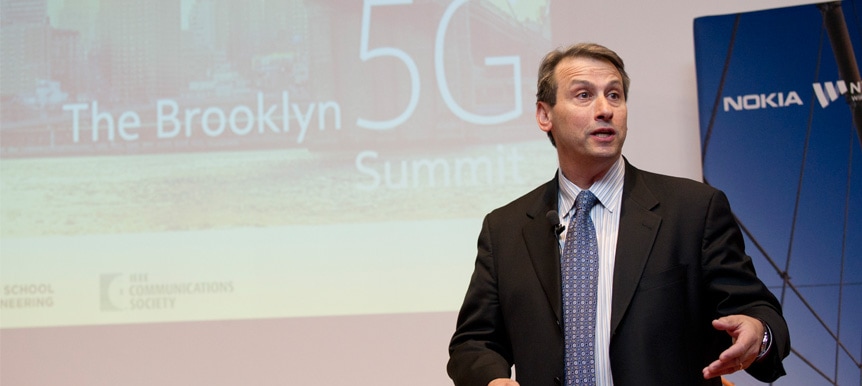As the 5G Rollout Approaches, Questions Remain

A couple of weeks ago, I attended the Brooklyn 5G Summit at the NYU Tandon School of Engineering, where I was struck by the progress that’s been made toward building 5G networks and the uncertainly that still exists about the uses and economics of 5G in general.
Many attendees assured me that I would actually be using a 5G handset by next year’s summit, and most were convinced that we will need the new networks to handle increases in traffic.
Recall that 5G isn’t a single technology, but a variety of technologies working together. It covers a wide range of spectrum from low-band (such as 600MHz), which can travel a long distance but with relatively slower speeds; to mid-band (such as 2.5 or 3.5GHz); to high-band (such as 28 or 39GHz, sometimes called millimeter wave or mmWave), which can be very fast—I’ve heard engineers talk about theoretical speeds of 5 or more Gbps—but doesn’t travel very far.

 2025 Brooklyn 6G Summit — November 5-7
2025 Brooklyn 6G Summit — November 5-7 Sundeep Rangan & Team Receive NTIA Award
Sundeep Rangan & Team Receive NTIA Award 2025 Open House
2025 Open House








